When people hear “air pollution” they usually think of the air polluted by carbon monoxide from cars or sulfur dioxide from factories. They don’t think of the air inside their homes, which can be polluted by mold and pollen, tobacco smoke, pesticides, household cleaners, asbestos, formaldehyde, and lead, to name a few. This can be especially bothersome during the winter, when less fresh air is circulated through the home, heating systems are on, and people are more likely to use their fireplaces. Keeping a clean home and eliminating sources can help prevent air pollution, but there may be another option you aren’t aware of – house plants.
In the late 1980s, NASA and the Associated Landscape Contractors of America conducted a study on plants as natural filters for space station air. The findings may surprise you! Luckily for us, they can also be used on Earth.
First, here is a great intro to air pollution with descriptions off air pollutants.
Now, here is a short list of plants that will filter and improve the quality of your indoor air.
1. Gerbera Daisy

Gerbera Daisy by Hans
What it filters: Benzene, Trichloroethylene
Other Benefits: It absorbs carbon dioxide and releases more oxygen, which is why it’s usually kept in the bedroom where it can improve sleep.
2. Aloe

Aloe Vera
What it filters: Benzene, Formaldehyde
Other Benefits: The gel inside its leaves helps heal cuts and burns.
3. Spider Plant
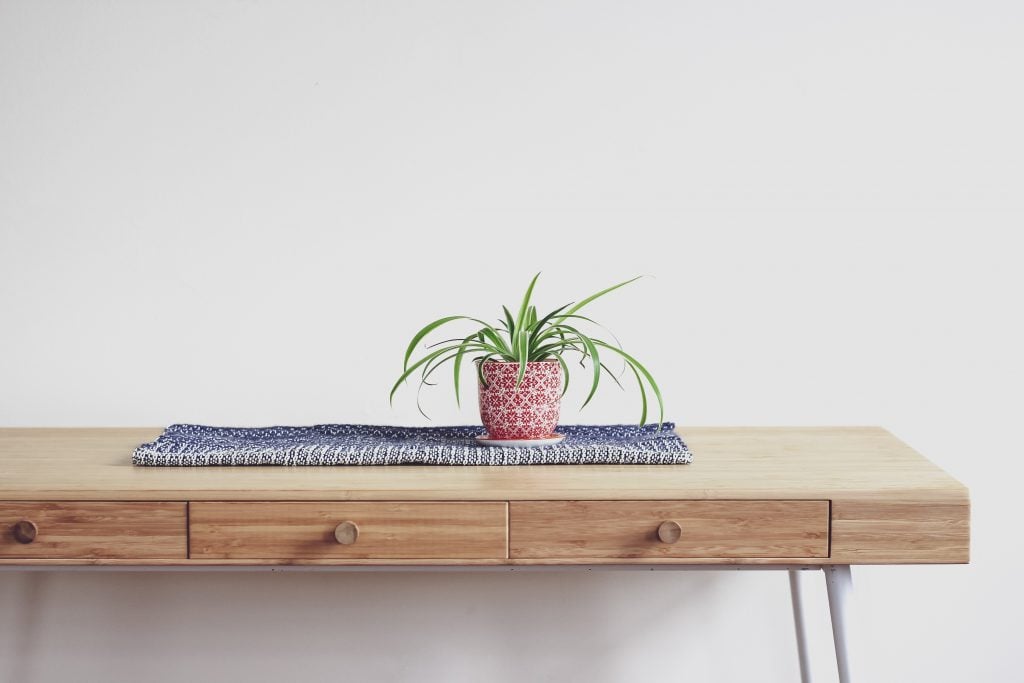
Spider Plant
What it filters: Benzene, Xylene, Carbon Monoxide, Formaldehyde
Other Benefits: It gets pretty white flowers.
4. Bamboo Palm
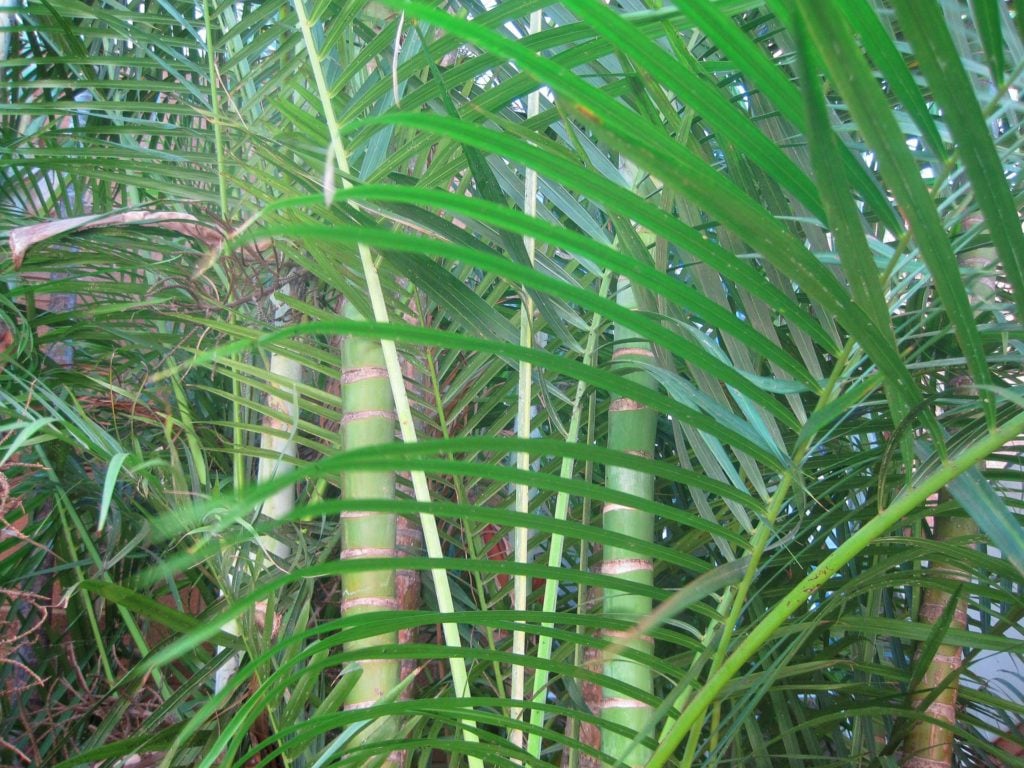
Bamboo Palm
What it filters: Formaldehyde
Other Benefits: It acts like a natural humidifier, so it’s great for naturally dry homes.
5. Peace Lily
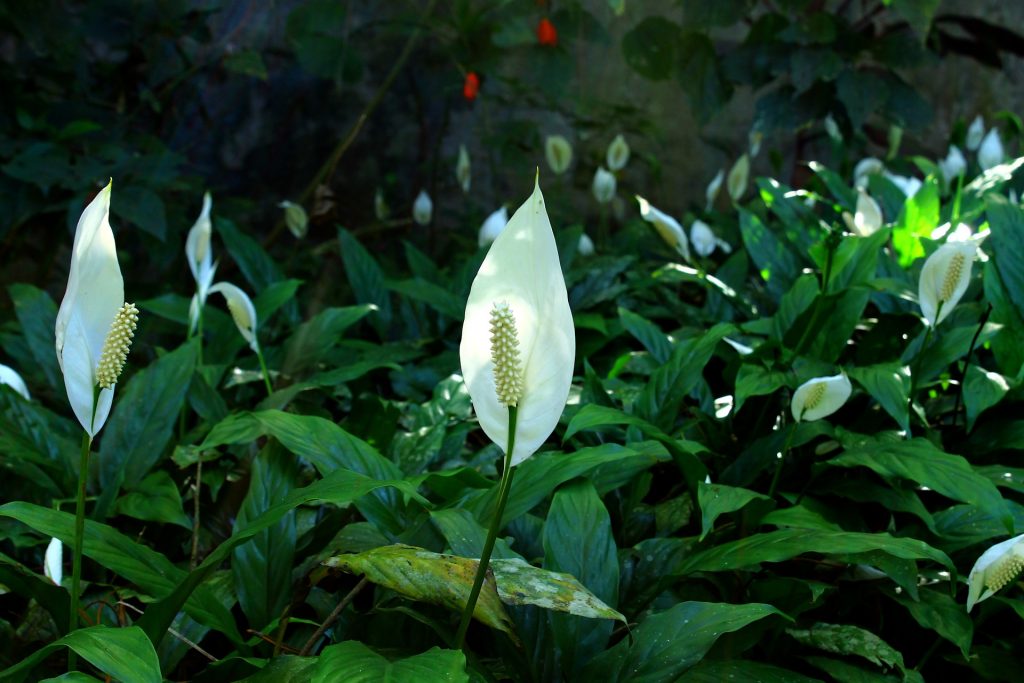
Peace Lily
What it filters: Mold Spores, Formaldehyde, Trichloroethylene, Toluene, Xylene
6. Snake Plant
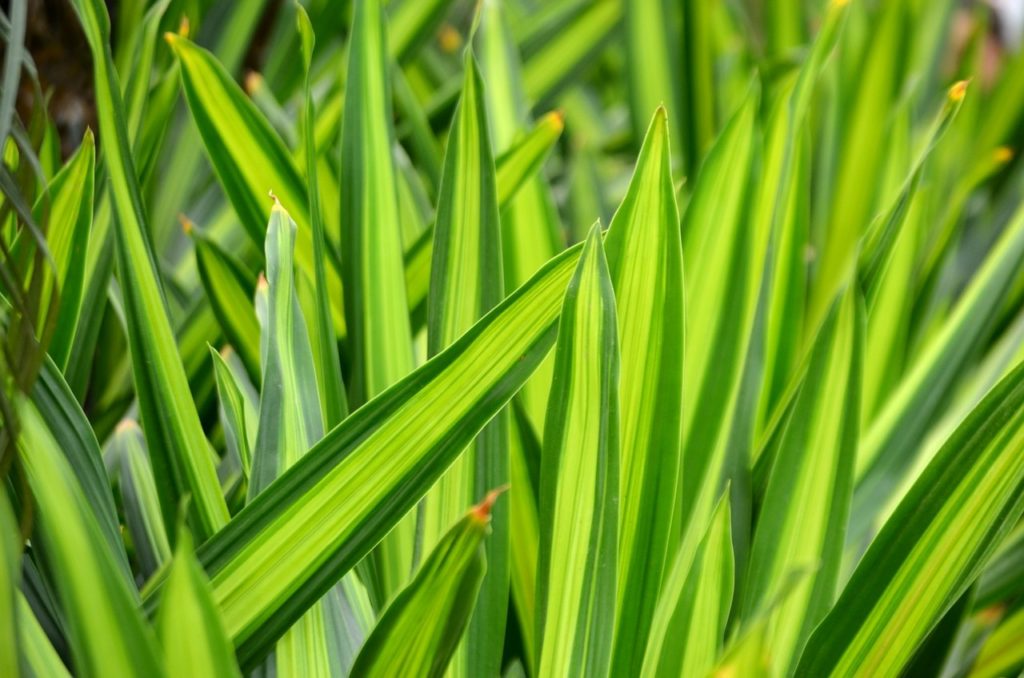
Snake Plant
What it filters: Formaldehyde, Nitrogen Oxides
7. Areca Palm

Areca Palm
What it filters: Benzene
8. Golden Pothos
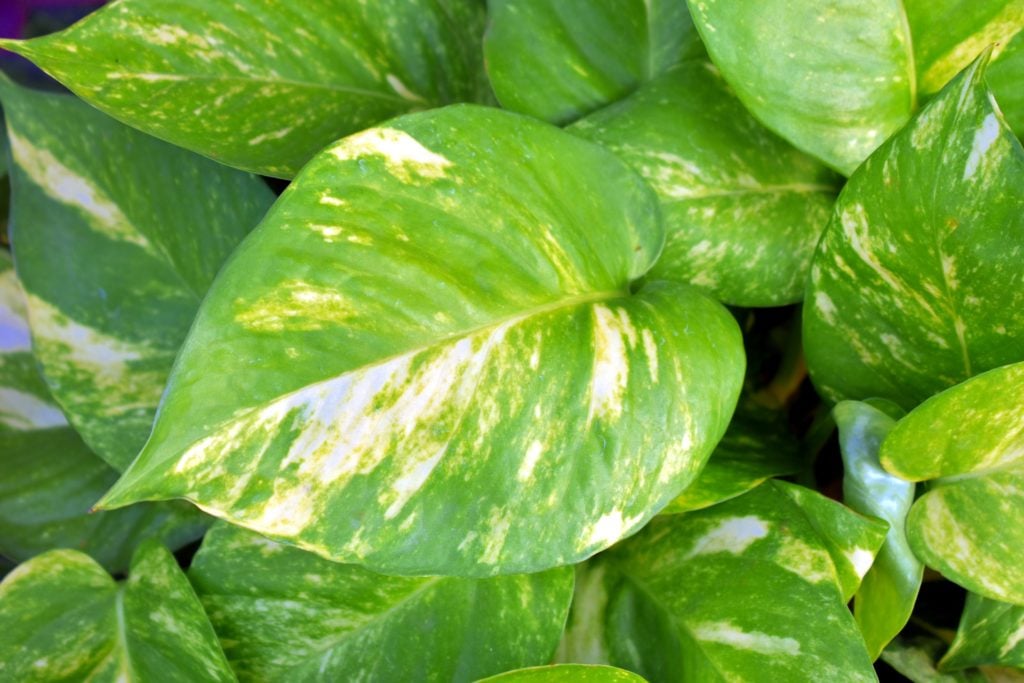
Golden Pothos
What it filters: Formaldehyde
Other Benefits: It stays green even in low light.
9. Red-Edged Dracaena
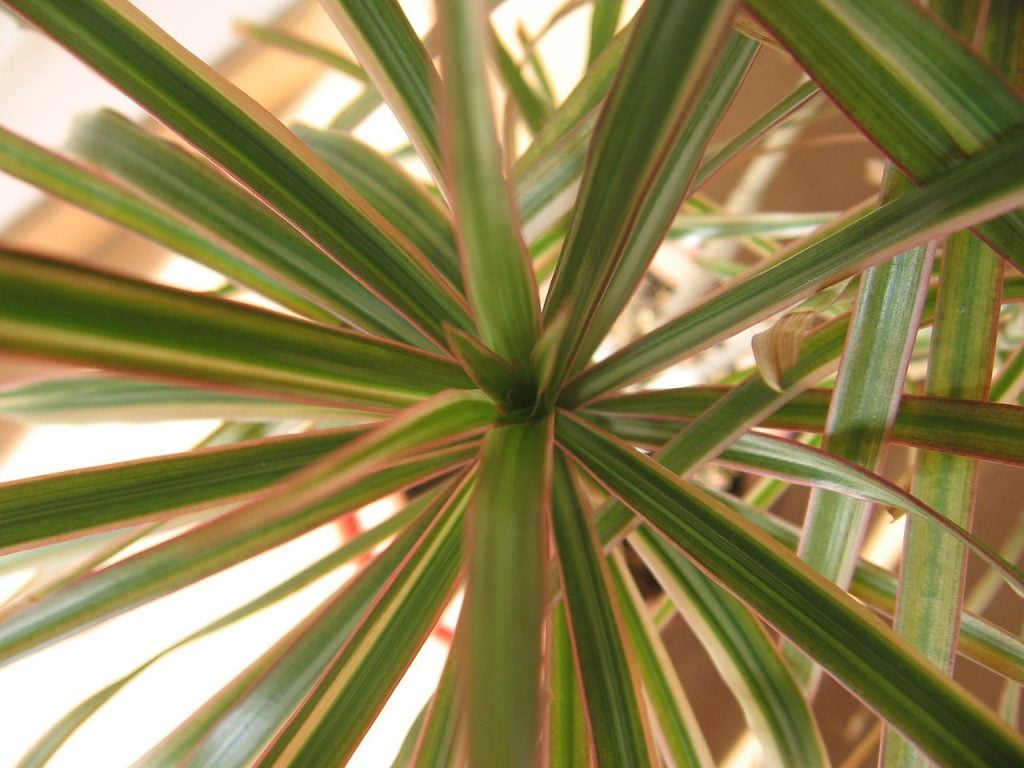
Red-Edged Dracaena
What it filters: Xylene, Formaldehyde, Trichloroethylene
Other Benefits: It can grow as high as your ceiling.
10. English Ivy
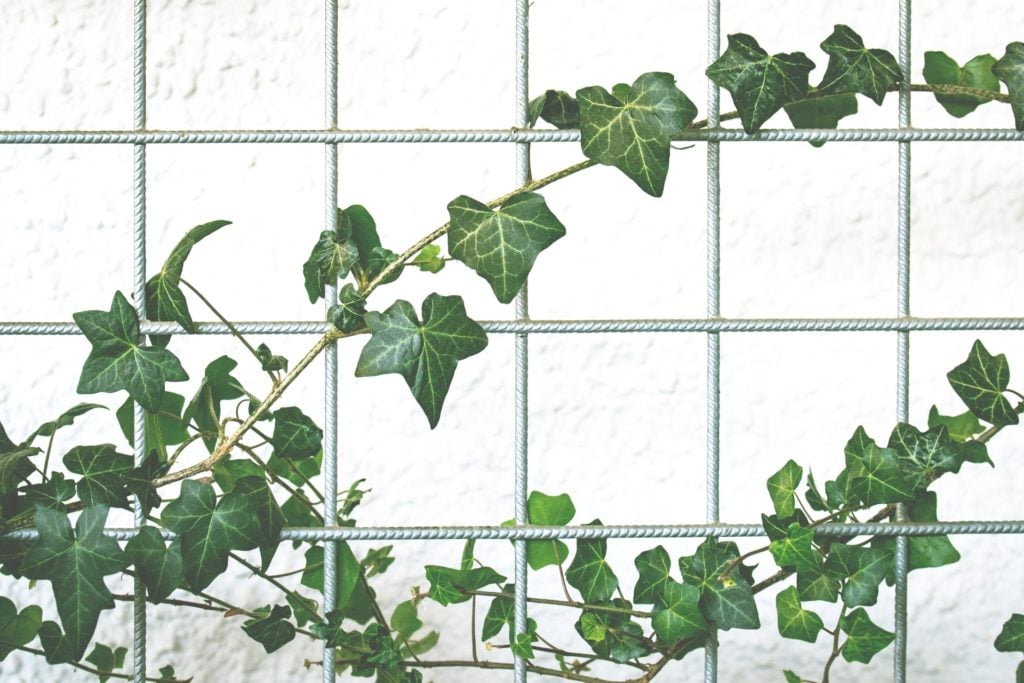
English Ivy
What it filters: Airborne fecal matter, Formaldehyde
Before buying a house plant, make sure you research the lighting and environment conditions it requires. Some plants need lots of light or the opposite to survive and your home might have too little or too much. If you have pets, you want to make sure that the plant won’t be poisonous if they lick it or ingest one of its leaves. Also, some plants are more difficult to take care of than others. An Aloe plant is probably the easiest plant I’ve ever had to care for, so consider it if you don’t have much of a green thumb.
I hope you found this list helpful and good luck!
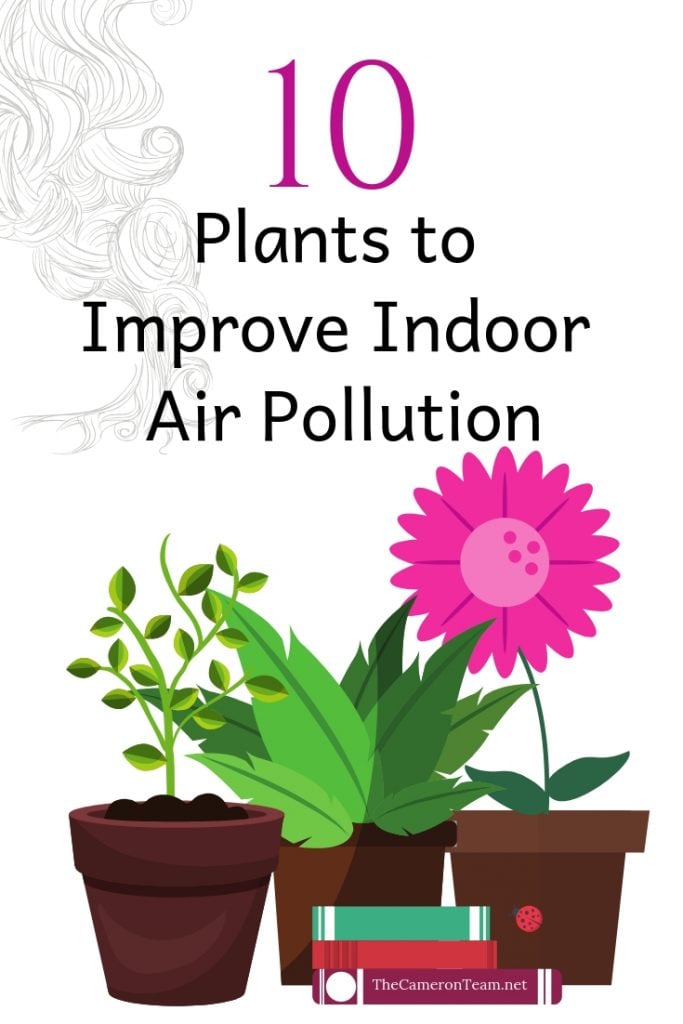
[the_grid name=”Homeowner Tips”]



